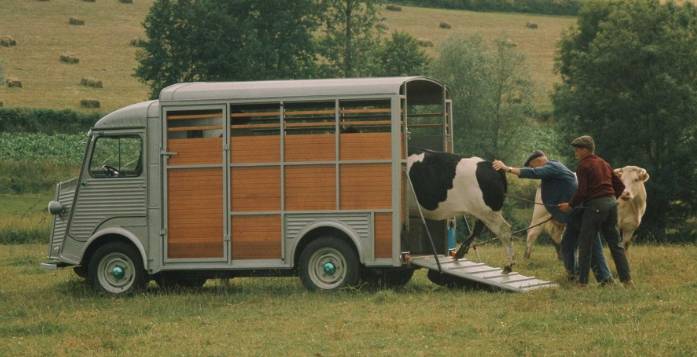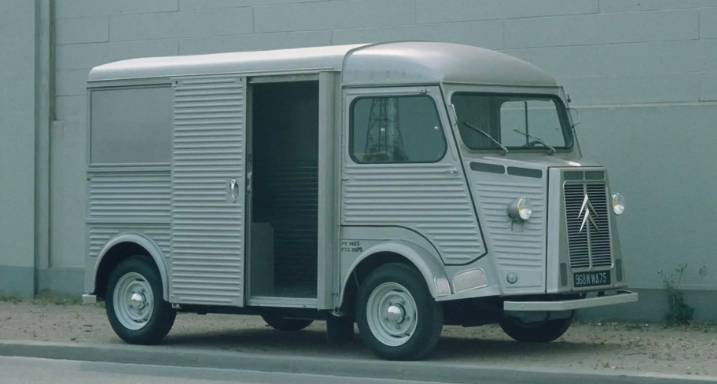Among the most original post-war vehicles, the Citroen Type H debuted at the 1947 Paris Motor Show with its signature corrugated metal.
Angular, squared, corrugated sheet metal: the Citroen Type H almost looks like an ugly duckling accidentally transformed into a van and if you think about it, it is about the same age as the 2CV, which also received not entirely positive reviews at its debut. In fact, it made its debut at the Paris Motor Show 75 years ago and production began in 1948, the year in which the “Deuche” was presented.
The Citroen Type H was the successor to the TUB, a pre-war van of which fewer than 2,000 were built between 1939 and 1941. It incorporated practical features such as the low loading sill, interior height and sliding side door, but it differed mainly in the corrugated sheet metal, which stiffened the body.
A solid success
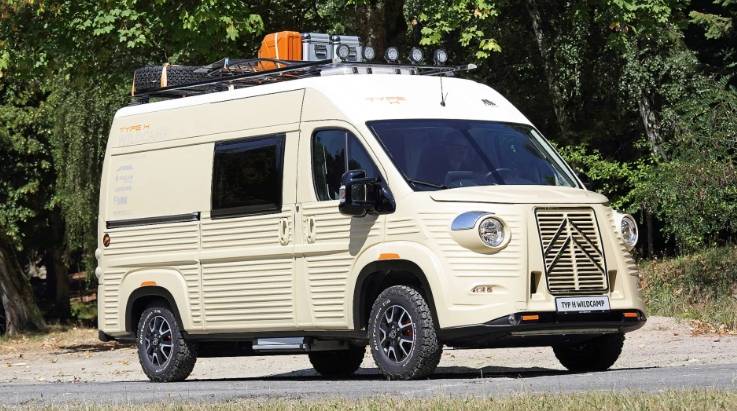
The new Type H soon gained a reputation as a robust and practical vehicle, also thanks to the basic payload of 1,200 kg, and was adapted by various coachbuilders in countless variations, from a mobile shop for street food or other items up to the French Police mobile phone , all benefited from the floor being just 35cm off the ground.
Today, the “H” model is more in vogue than ever, above all for the numerous restorations that have transformed numerous van models into vintage “food trucks”. Those who wish can also request the aesthetic kit produced by Caselani which gives the modern Citroën Jumper its retro look.
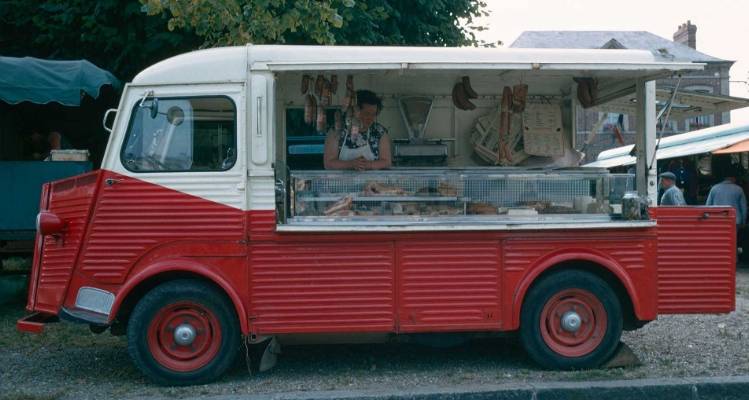
Features
Introduced in June 1948, the Type H had front-wheel drive and the aforementioned corrugated iron bodywork inspired by the Junkers Ju 52 aircraft. Designations changed according to the permitted payload, from simple H to HY, HX, HW, HZ and 1600 .
The torsion bar suspension gave the vehicle not only good road holding, but also high comfort. As the rear torsion bars faced each other to achieve a low design, the wheelbase was different from left to right (2,500mm versus 2,536mm). as happened later on the Renault 4 and 16 and other models.
The low entry sill and the flat load compartment, with a more U-shaped stiffening frame, allowed the team led by the engineer Pierre Franchiset and the designer André Lefèbvre to create a rich variety of bodies, proposing elongated or raised, platform with double cabin and much more. The delivery van was equipped ex works with a length of 4.28 meters and a chassis with cab.
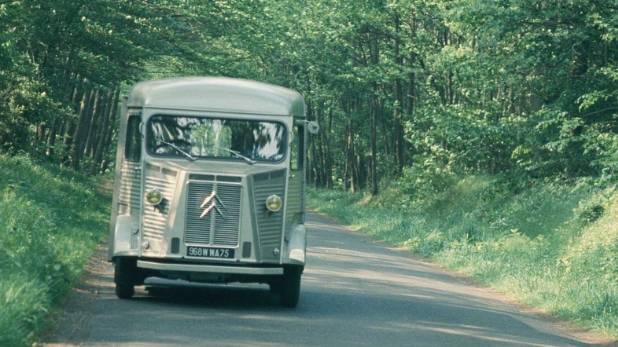
Infinite variations
The Type H had the engine and transmission of the Traction Avant, later updated with that of the DS but installed “in reverse”, i.e. with the engine in front of the front axle and the direction of rotation reversed. Perkins and Indénoor diesel engines were also offered.
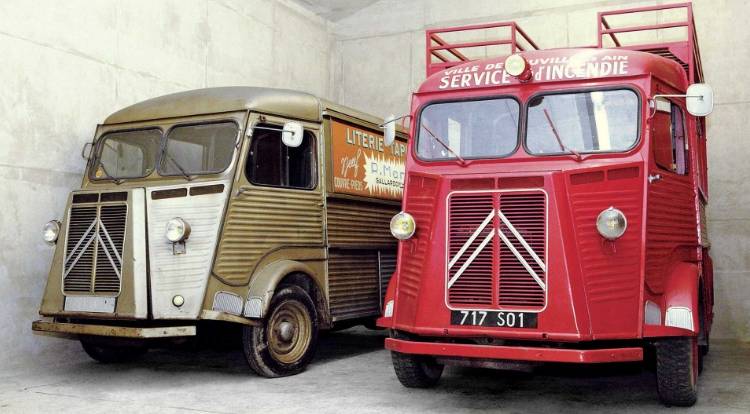
A large number of coachbuilders such as Ackermann, Charbonnier, Currus, Gruau, Heuliez and SAPA worked on the Type H. The various extensions of the wheelbase and rear overhang received the designations Modification A (40 cm overhang) to Modification F (extended wheelbase by 1.2 meters and 60 cm overhang). Roof elevations of 10, 20 or 40 cm were possible and the customer also had the option of requesting an additional cab elevation.
Variants of the Citroen van have been used extensively in public service, for example as a fire brigade or post office vehicle. The range offered by coachbuilders was mainly aimed at medium-sized companies.
In addition, it was used, among other things, as a covered wagon (also with double cab), car transporter, low-loader truck, bus, refrigerated truck, mobile home, animal transport, hearse or even as a rolling workshop. In addition, the hydropneumatic suspension from the DS was installed on the rear axle in some variants.
